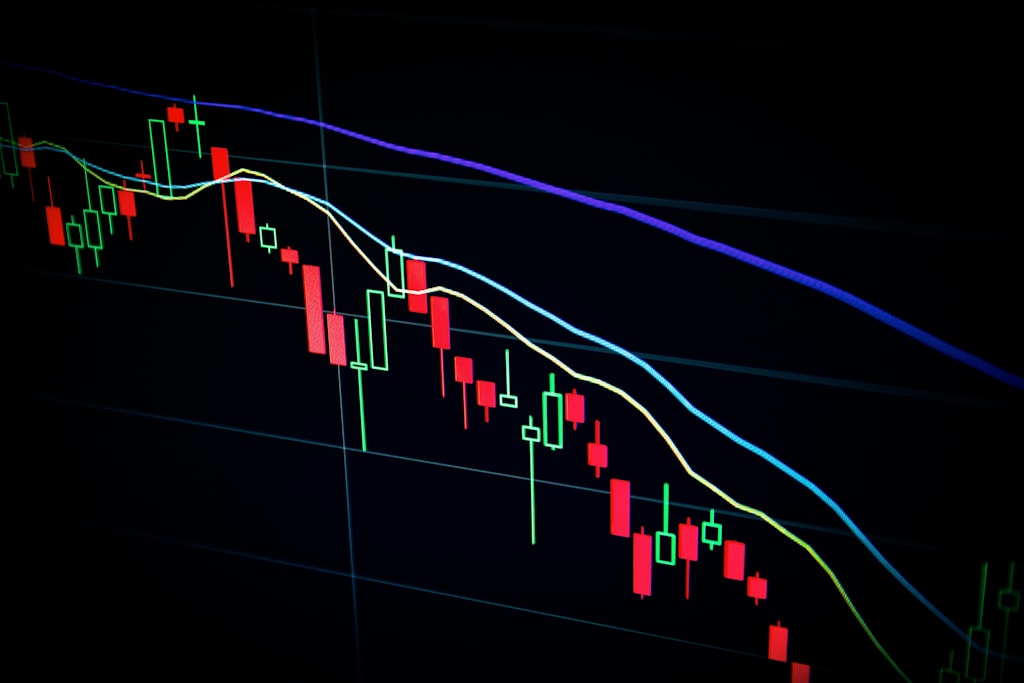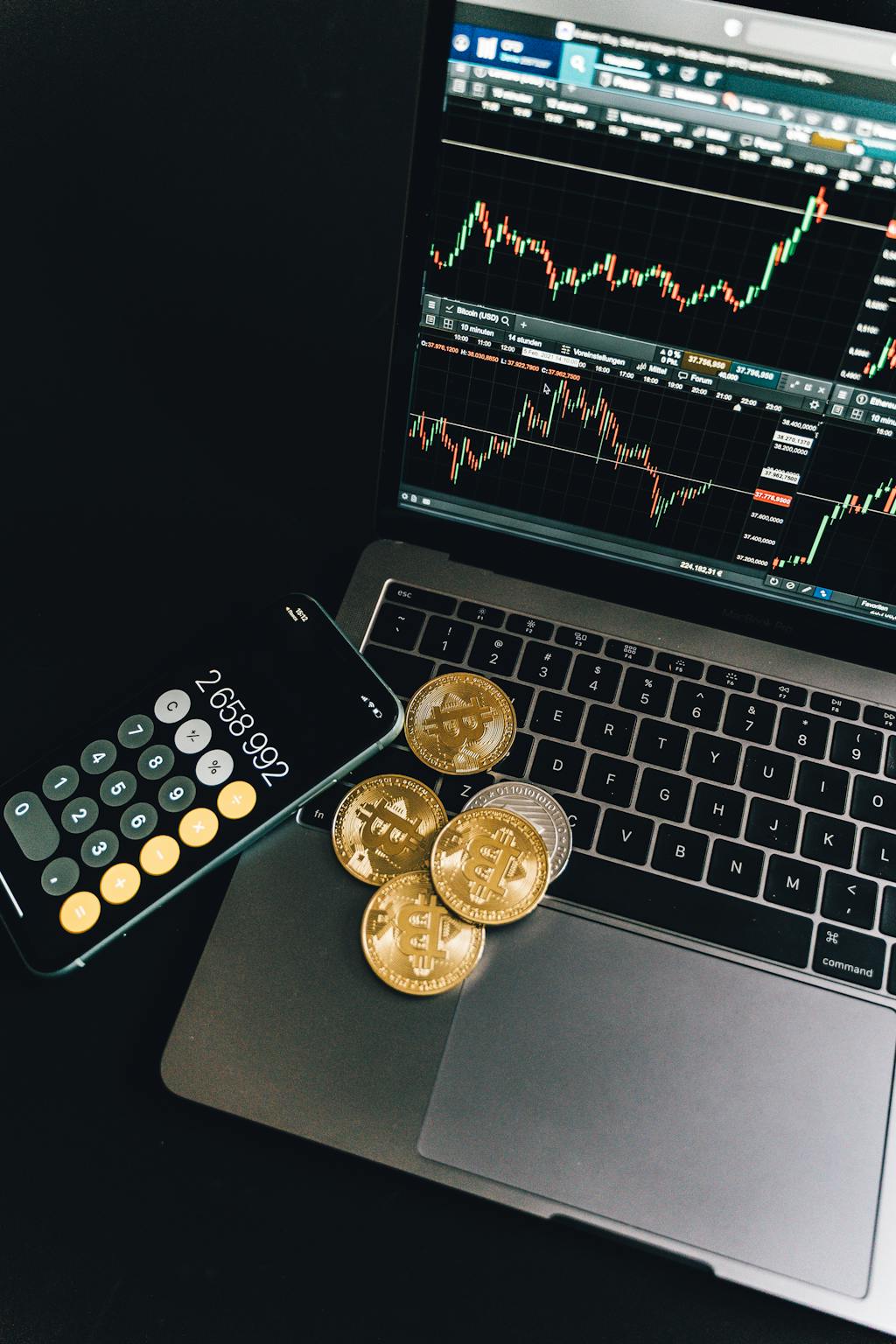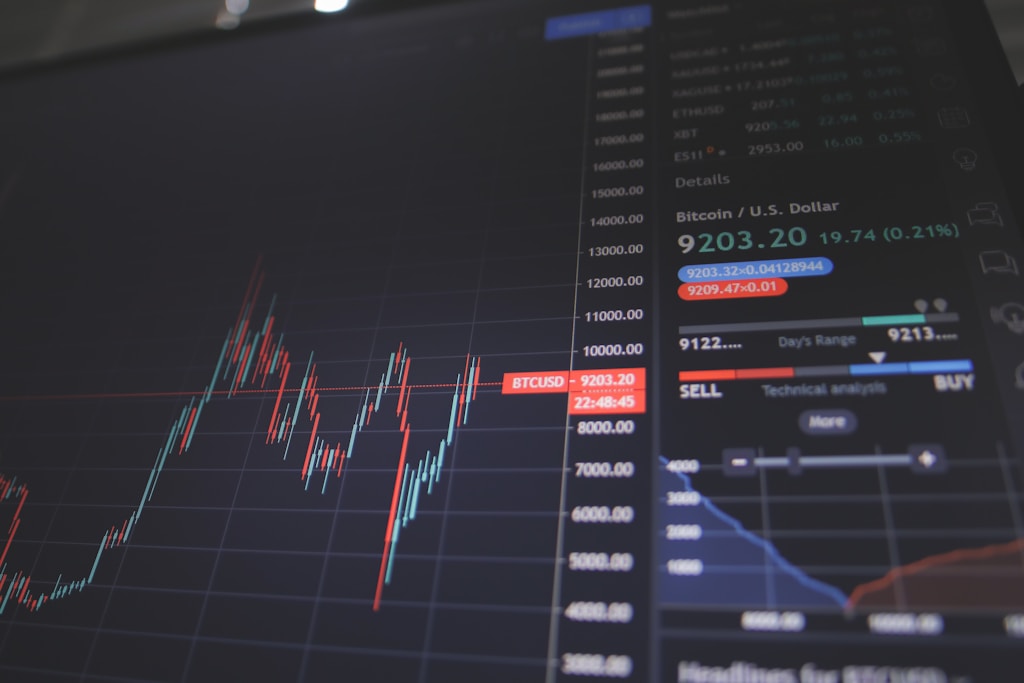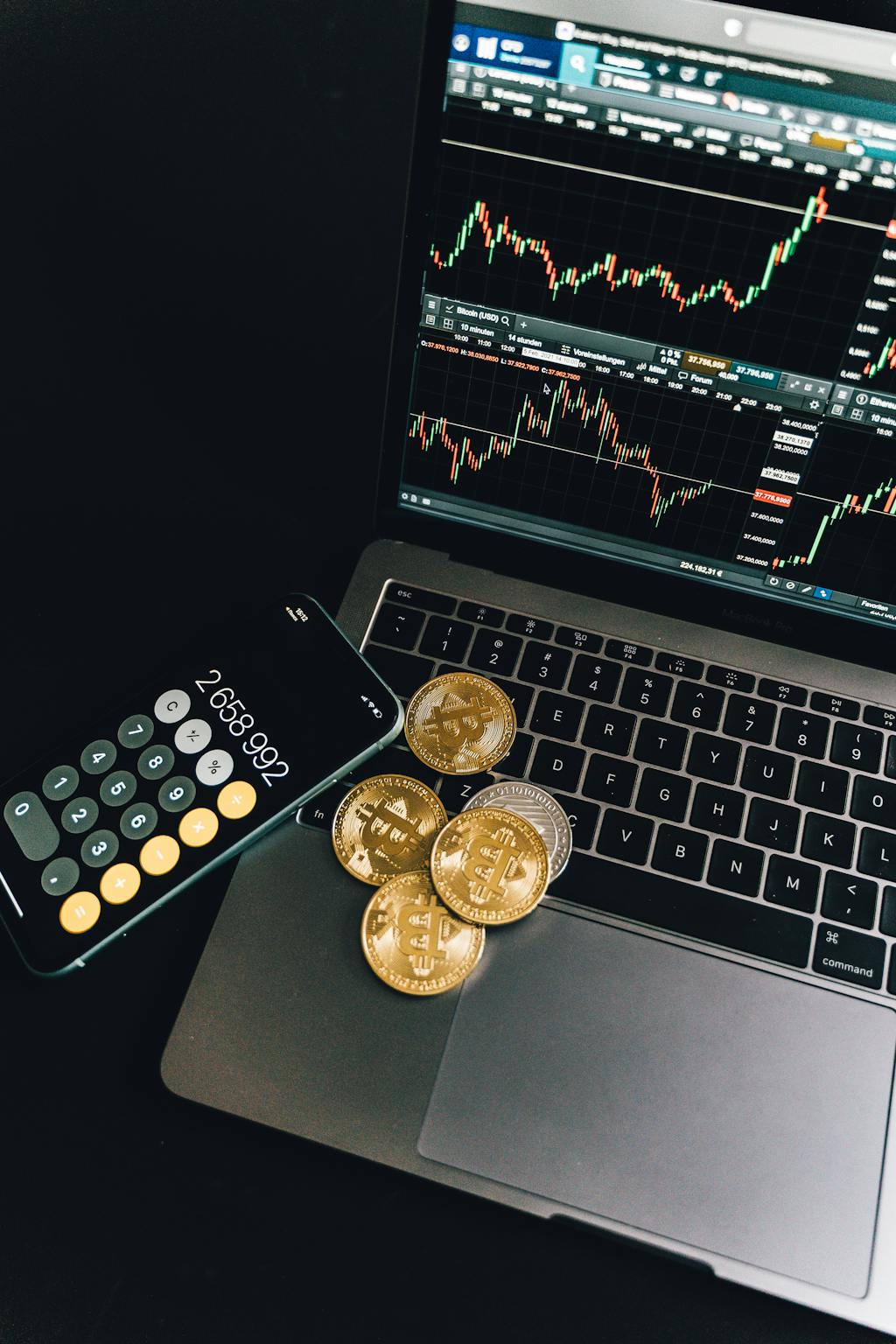Leading U.S. financial institutions are preparing to make a significant move into the $245 billion stablecoin market, potentially disrupting the dominance of current industry leaders Circle and Tether. This development marks a pivotal moment in the mainstream adoption of digital assets and could reshape the stablecoin landscape.
Major Banks Eye Stablecoin Market Entry
According to a recent Wall Street Journal report, several of America’s largest banks are in discussions to launch a collaborative stablecoin venture. This initiative comes as pending legislation creates new opportunities for traditional financial institutions to enter the digital asset space.
The timing of this development is particularly significant, as it follows the recent launch of the first MiCA-compliant euro stablecoin, indicating a growing trend toward regulated digital asset offerings from traditional financial institutions.
Market Impact and Industry Implications
The current stablecoin market, dominated by USDT (Tether) and USDC (Circle), faces its first major challenge from traditional banking institutions. This development could significantly impact:
- Market competition and innovation
- Regulatory compliance standards
- Institutional adoption of digital assets
- Banking sector’s role in crypto
SPONSORED
Trade with confidence using multi-collateral support including USDE, sUSDe, BTC, ETH, and SOL
Frequently Asked Questions
What is the current size of the stablecoin market?
The stablecoin market currently stands at approximately $245 billion, with Tether and Circle as the dominant players.
How might this affect existing stablecoin providers?
Traditional banks’ entry could challenge current providers through enhanced regulatory compliance and institutional backing.
What regulatory considerations are involved?
Banks would need to comply with existing financial regulations while adapting to emerging crypto-specific guidelines.
Looking Ahead: Market Implications
This development signals a significant shift in the digital asset landscape, potentially bridging the gap between traditional finance and crypto markets. The success of this initiative could set new standards for stablecoin regulation and adoption.









